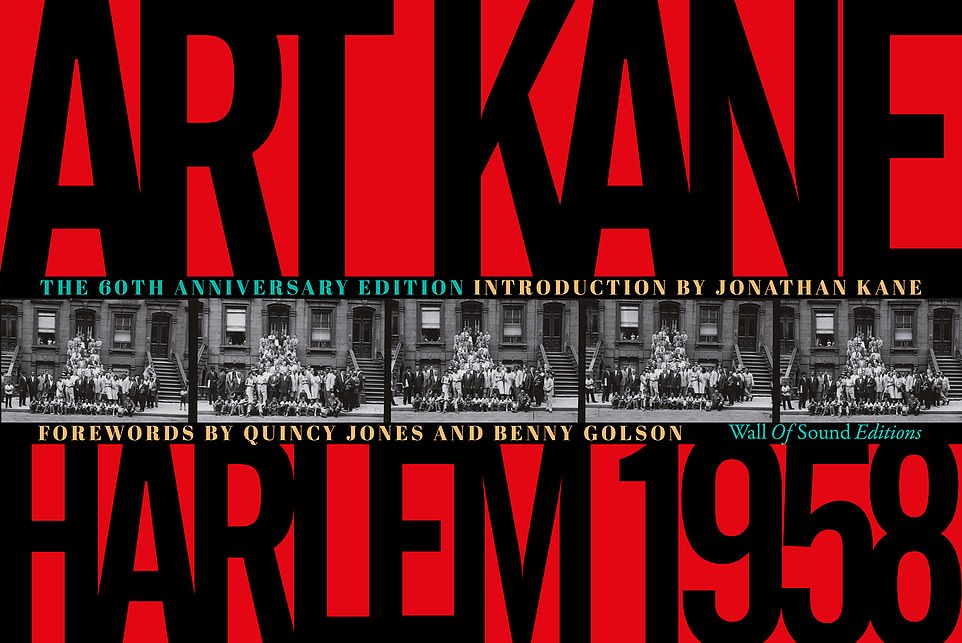| (77) Harlem Photo Albumn | ||
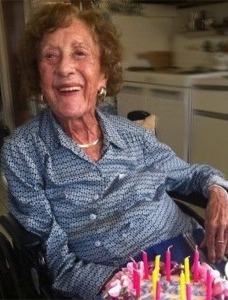 Marian McPartland(1918-2013) |
Marian McPartlandが古いジャズ写真を保存していた。生存中にFaceBook友達になり、FBを通じて貴重な写真をもらった。 現在では、マリアンのお孫さんが、Facebookアカウントを管理している。生存中から、2人のお孫さんが代わりにPC作業をしていてくれたに違いない。 2018年に、Harlem Photo 60年を記念して出版された「Art Kane:Harlem 1958」という写真集をDaily Mail Online Newsが紹介していた。その記事を、今日、お孫さんがFacebookでリンクしてくれた。こんな写真が載っているのです。 |
 Art Kane(1925-1995) |
|
|
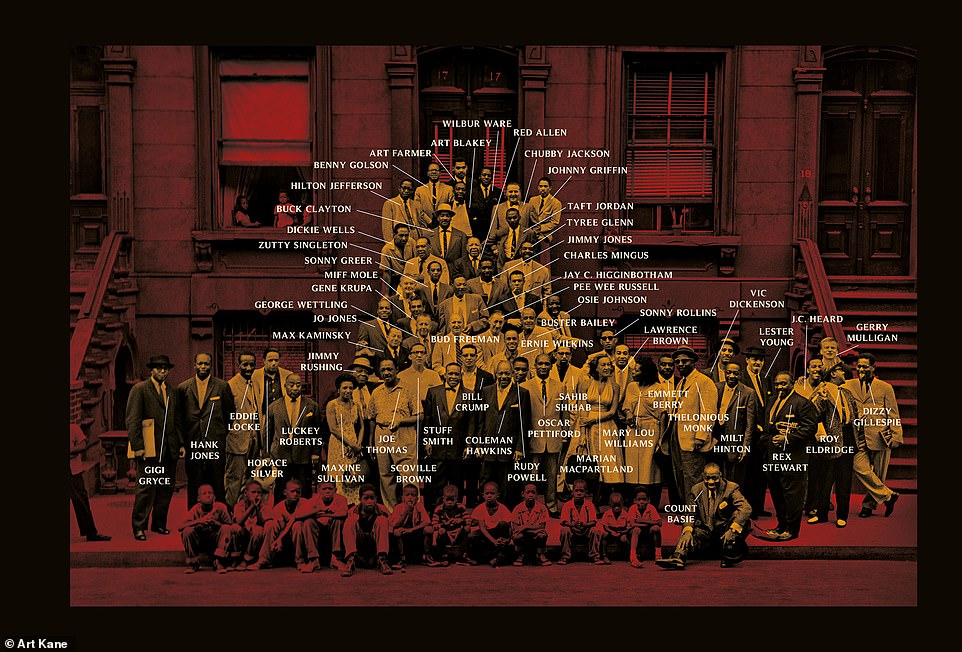 Kane sent out requests to everyone from managers and agents to labels to get all the artists together in one location; some of the renowned talents included Dizzy Gillespie, Gerry Mulligan, Taft Jordan, Marian McPartland and Mary Lou Williams. |
 Although the main photo of all artists together is the shot that became famous, a new book - Art Kane: Harlem 1958 - for the first time reveals all of the frames snapped that day, such as this relaxed shot of Luckey Roberts and Willie 'The Lion' Smith. |
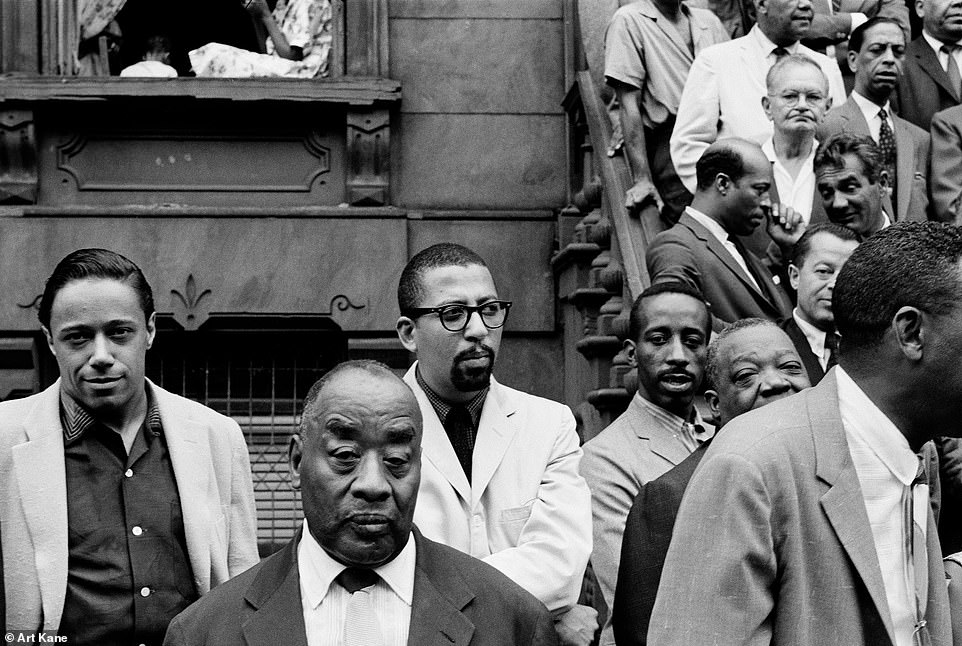 Other artists who turned up for the shoot in Harlem at 10am - an exceptionally early start time for people who made their livings in the late-night world of jazz - included, from left to right: Horace Silver, Luckey Roberts, Sahib Shihab, Eddie Locke and Jimmy Rushing. |
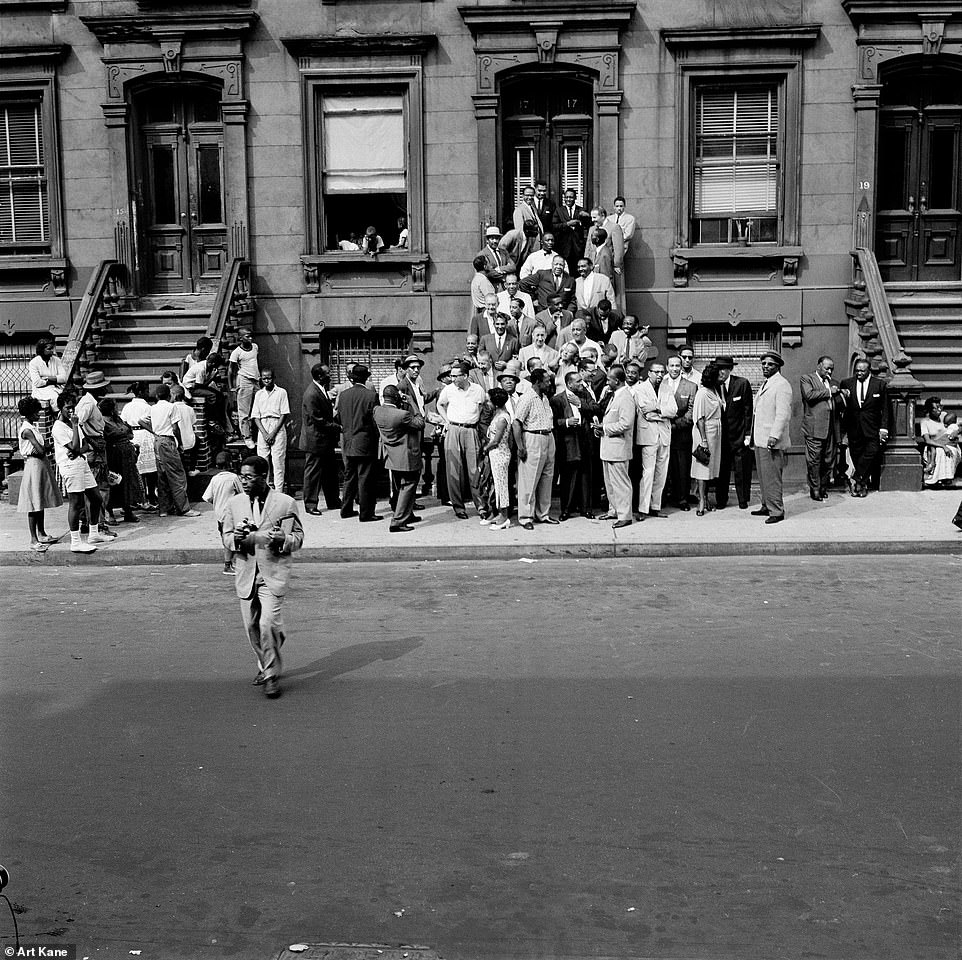 Dizzy Gillespie crosses the street with a camera as other artists chatter on East 126th Street, between Fifth and Madison Avenues, while local residents and curious children look on. |
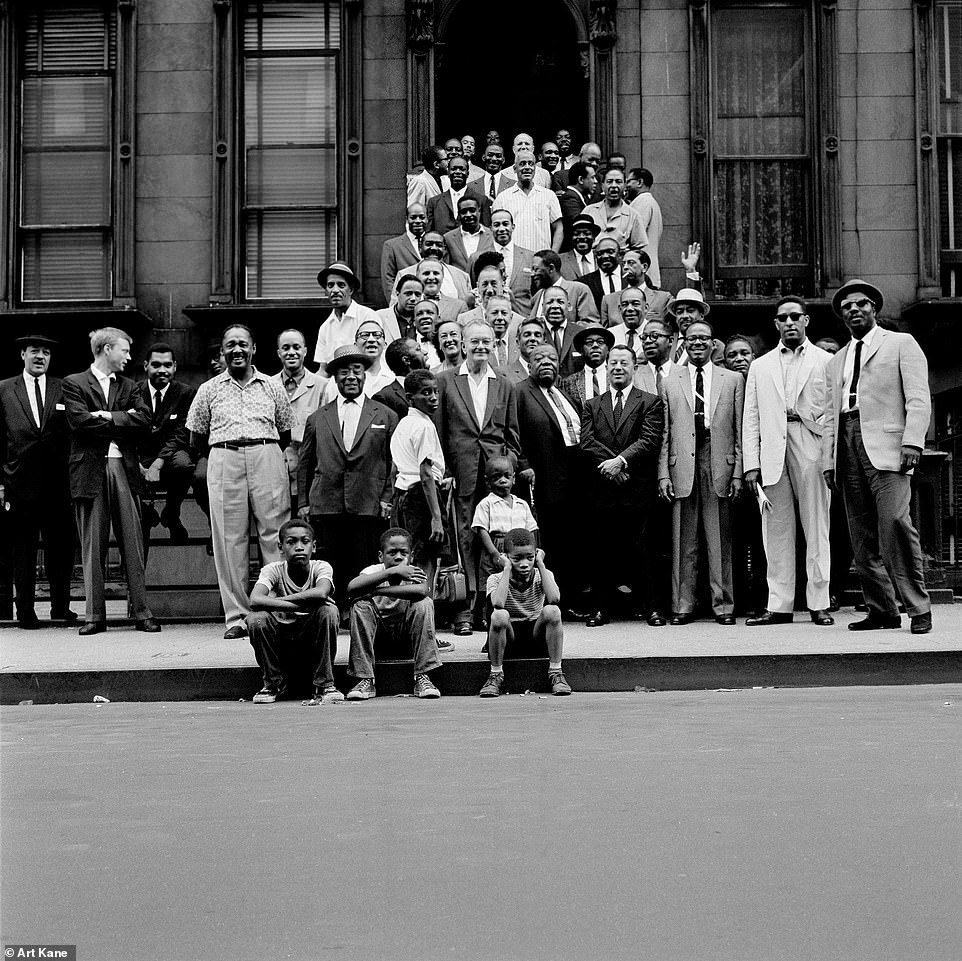 Quincy Jones, writing in the newly published book of Art Kane shots: 'During a time in which segregation was very much still a part of our everyday lives, and in a world that often pointed out our differences instead of celebrating our similarities, there was something so special and pure about gathering 57 individuals together, in the name of jazz'. |
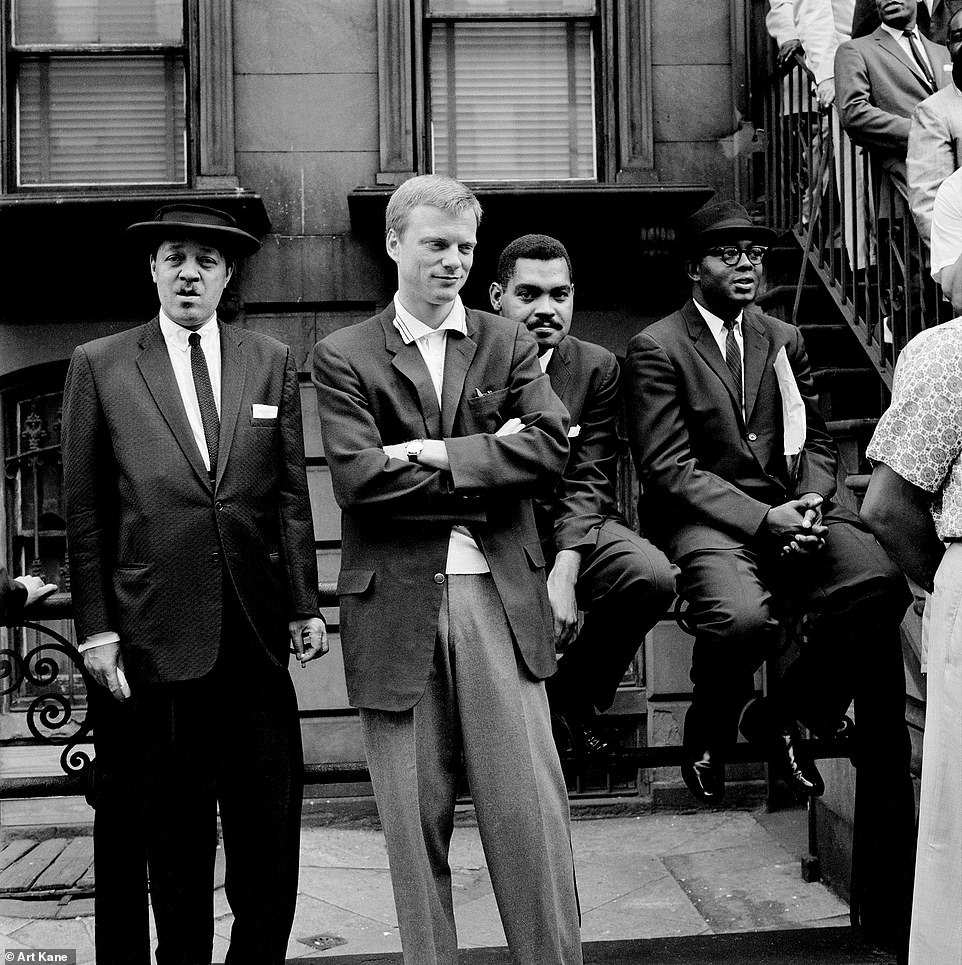 Posing, from left to right, are jazz artists Lester Young, Gerry Mulligan, Art Farmer and Gigi Gryce; Kane later said of the shoot: ‘I came up with the idea of getting as many musicians together in one place as we could. It would be sort of a graduation photo or class picture of all the jazz musicians. After I thought about it some more, I decided they should get together in Harlem. After all, that’s where jazz started when it came to New York’. |
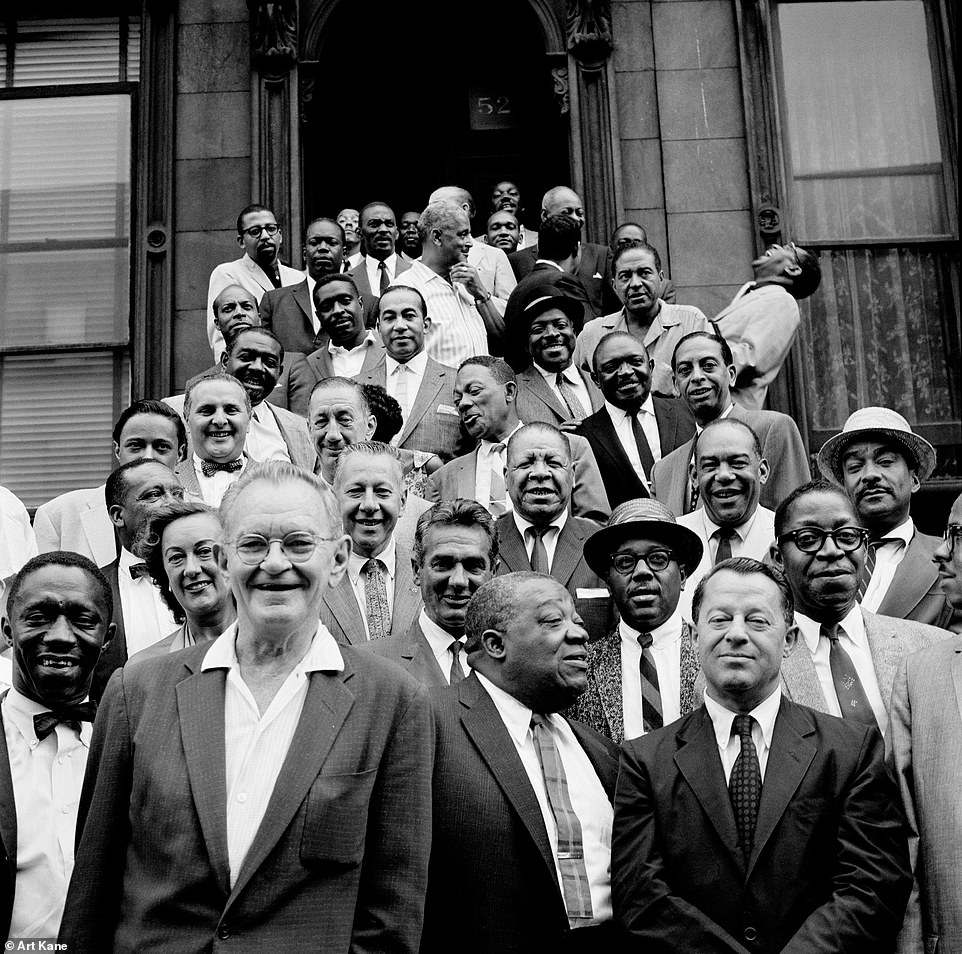 The artists may not have realized it as they gathered to pose for Kane, but the photo shoot would result in a famous and iconic picture which would inspire pop culture imitations for decades to come - while preserving a unique moment in jazz history. |
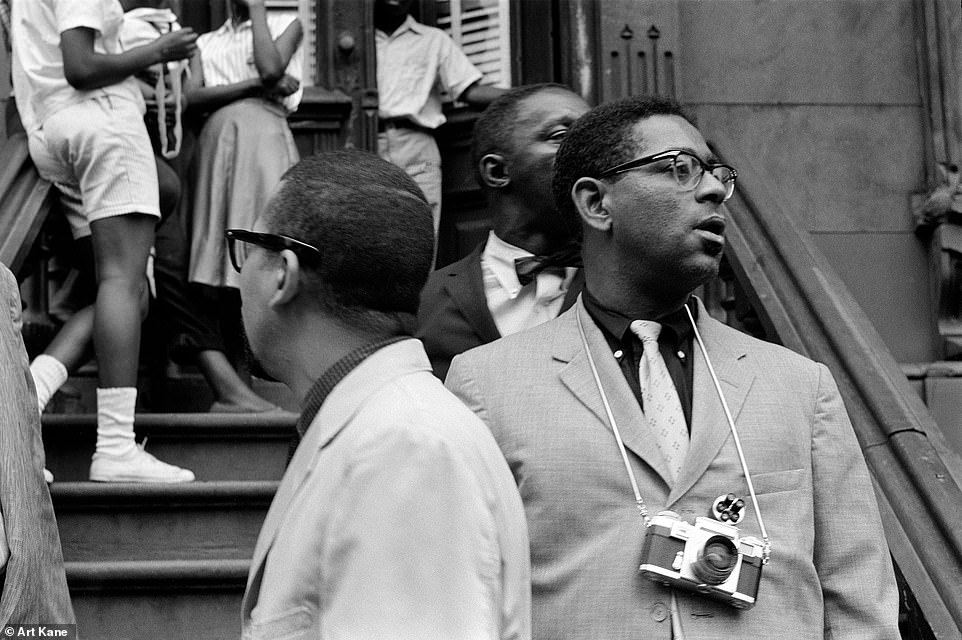 Sahib Shihab looks behind him as Dizzy Gillespie gazes across the street with a camera around his neck; the photo is published for the first time in a new 168-page book with foreword text by Quincy Jones and musician Benny Golson, as well as an introduction by the late photographer's son, Jonathan Kane. |
Art Kane, who snapped the frames resulting in an iconic photo that has come to be known as A Great Day in Harlem - the same name as an Oscar-nominated documentary about the 1958 shoot - took his own life in 1995. |
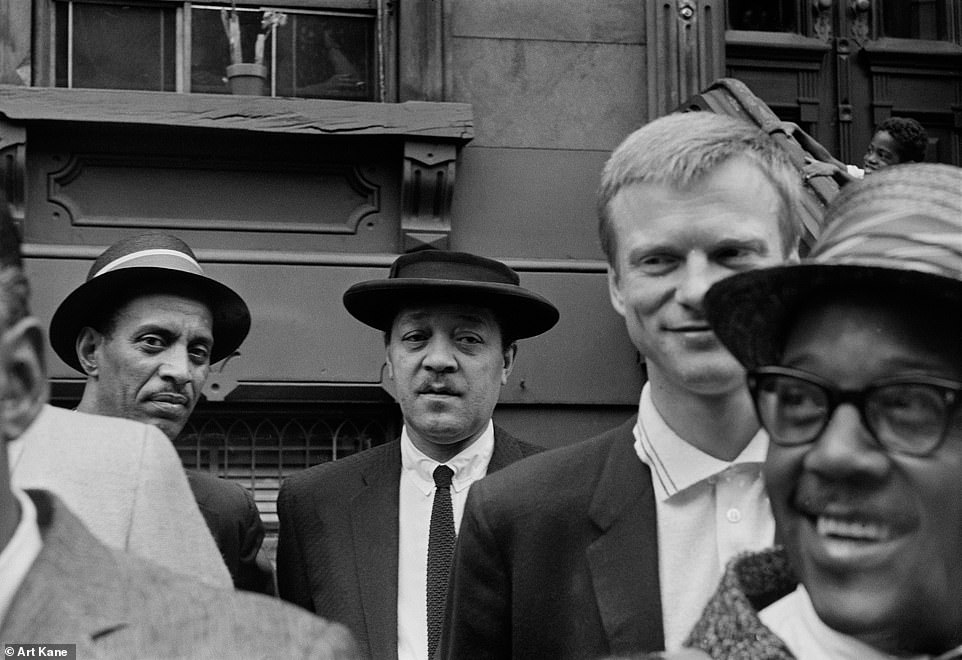 Participating artists, from left to right, were Vic Dickenson, Lester Young, Gerry Mulligan and Roy Eldridge; the newly published candid frames captured the musicians in a more relaxed and jovial light. |
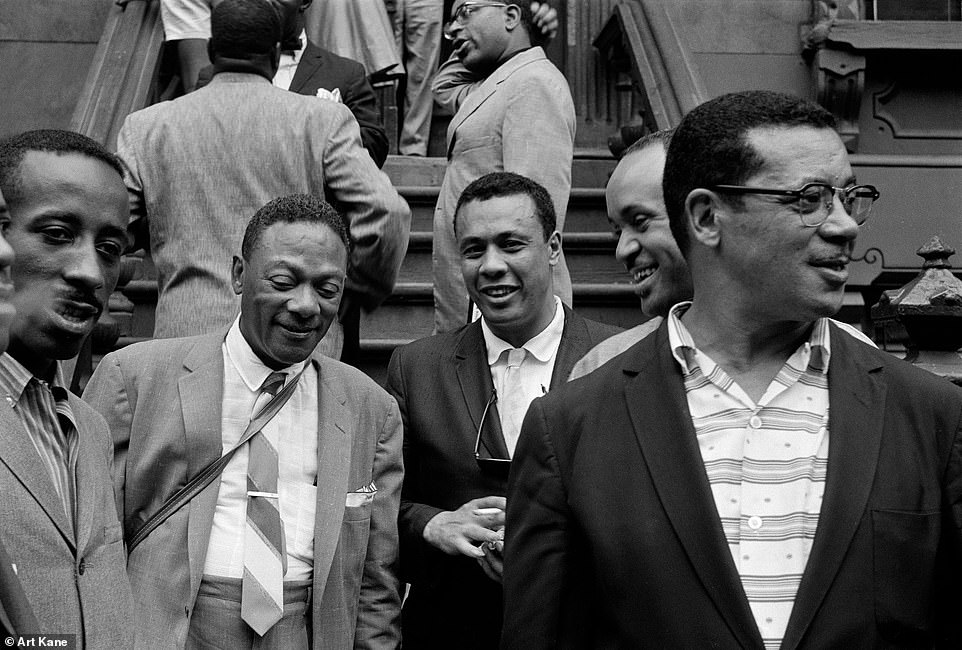 From left to right: Eddie Locke, Jay C. Higginbotham, Charles Mingus, Ernie Wilkins and Bill Crump all answered Kane's invitation to take part in the morning shoot. |
 The front row of this photo shows, from left, Bill Crump, Stuff Smith, Sonny Rollins and Coleman Hawkins; At their back are George Wettling, Bud Freeman, Pee Wee Russell, Buster Bailey and Oscar Pettiford. Behind them are Sonny Greer, Jimmy Jones, Charles Mingus and Osie Johnson. |
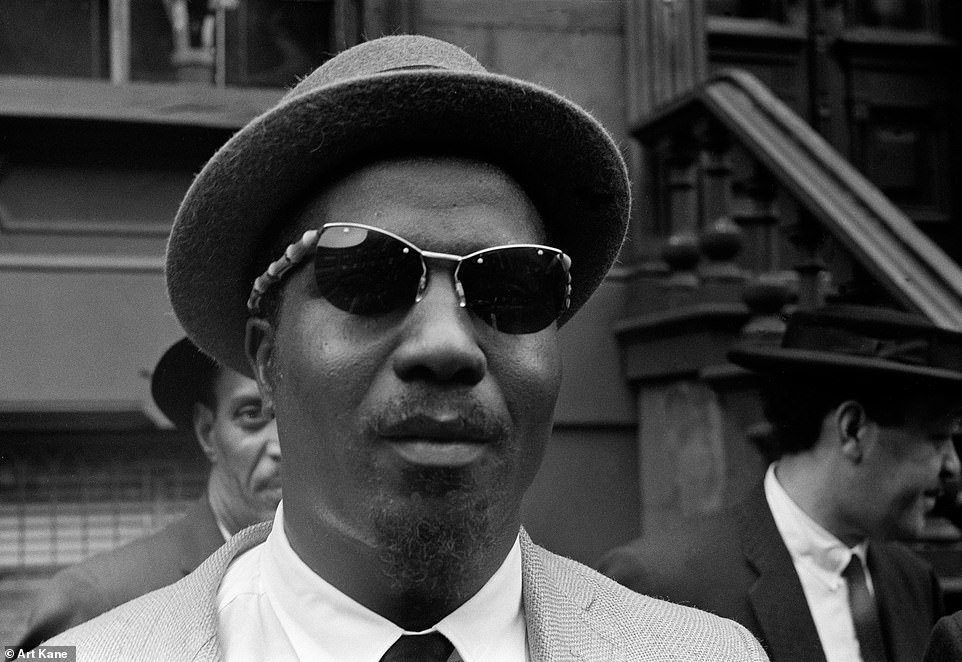 Thelonius Monk stares into the camera, while Vic Dickenson and Lester Young stand behind him as Kane tried to organize the assembled artists on that fateful summer morning - despite the hijinks and noise of local children; the photographer eventually gave up and decided to include the kids in the shoot, which is why they appear seated in the main picture. |
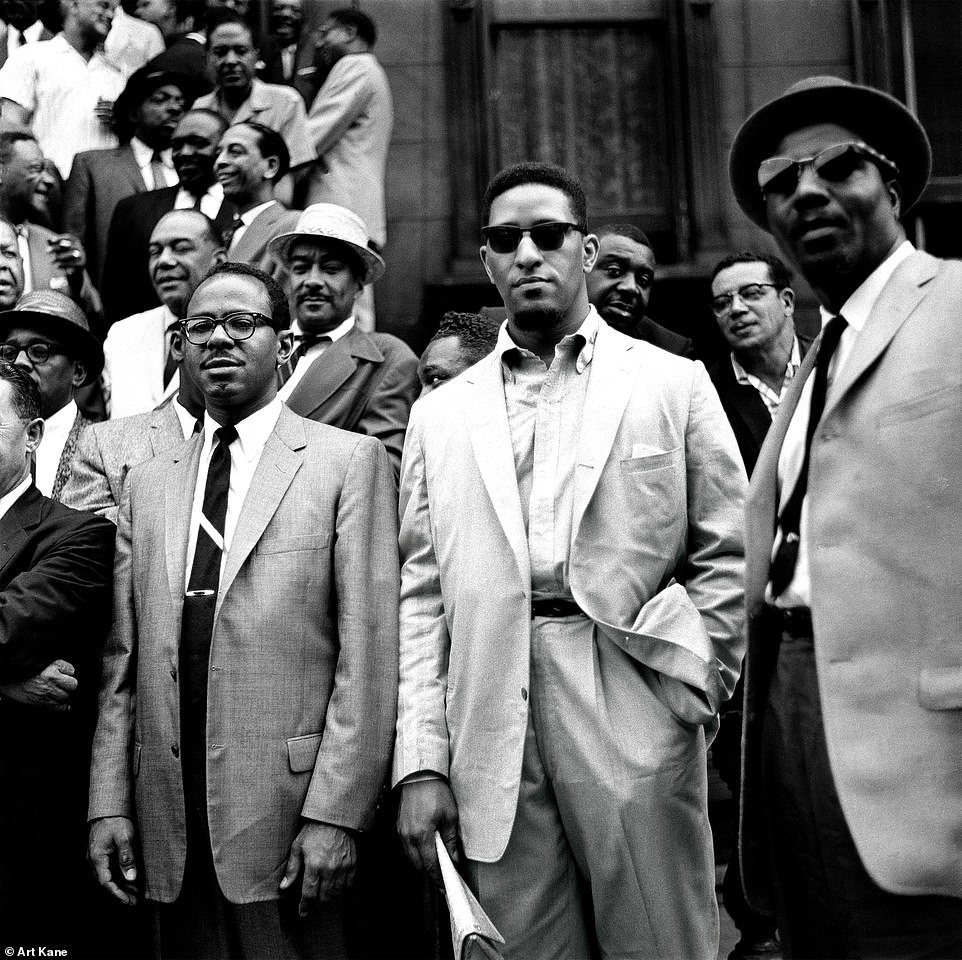 Benny Golson, far left, stands with Sonny Rollins and Thelonius Monk; Golson writes in the new book: ‘There was going to be an unusual shooting of a photograph for Esquire Magazine and I was being invited to be a part of it. I couldn’t believe it! Nobody really knew me that early in my career. But zippo, I was there on the intended date. When I arrived, there were all of my heroes.’ |
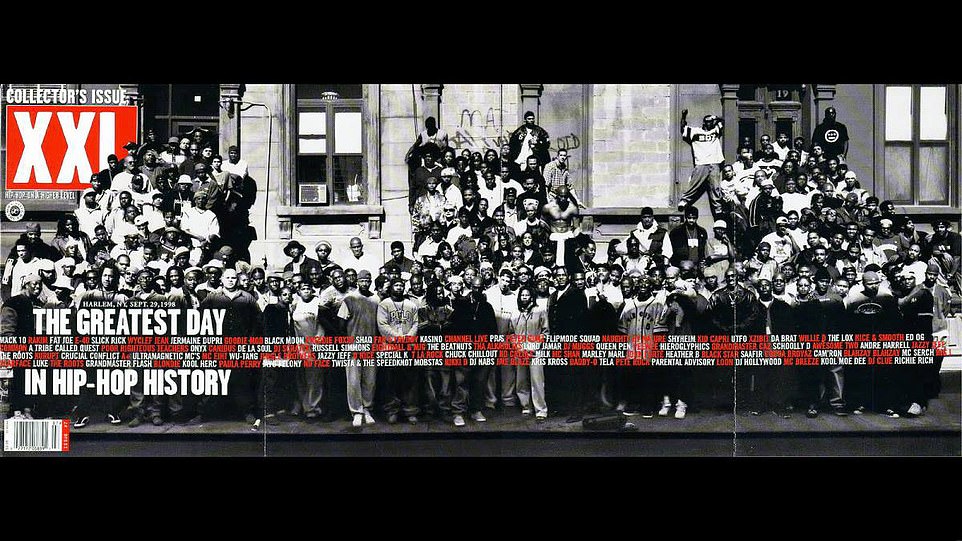 Forty years after the 1958 shoot, XXL magazine assembled modern musicians to recreate Art Kane's photo for its Collector's Issue, which it titled The Greatest Day in Hip-Hop History. |
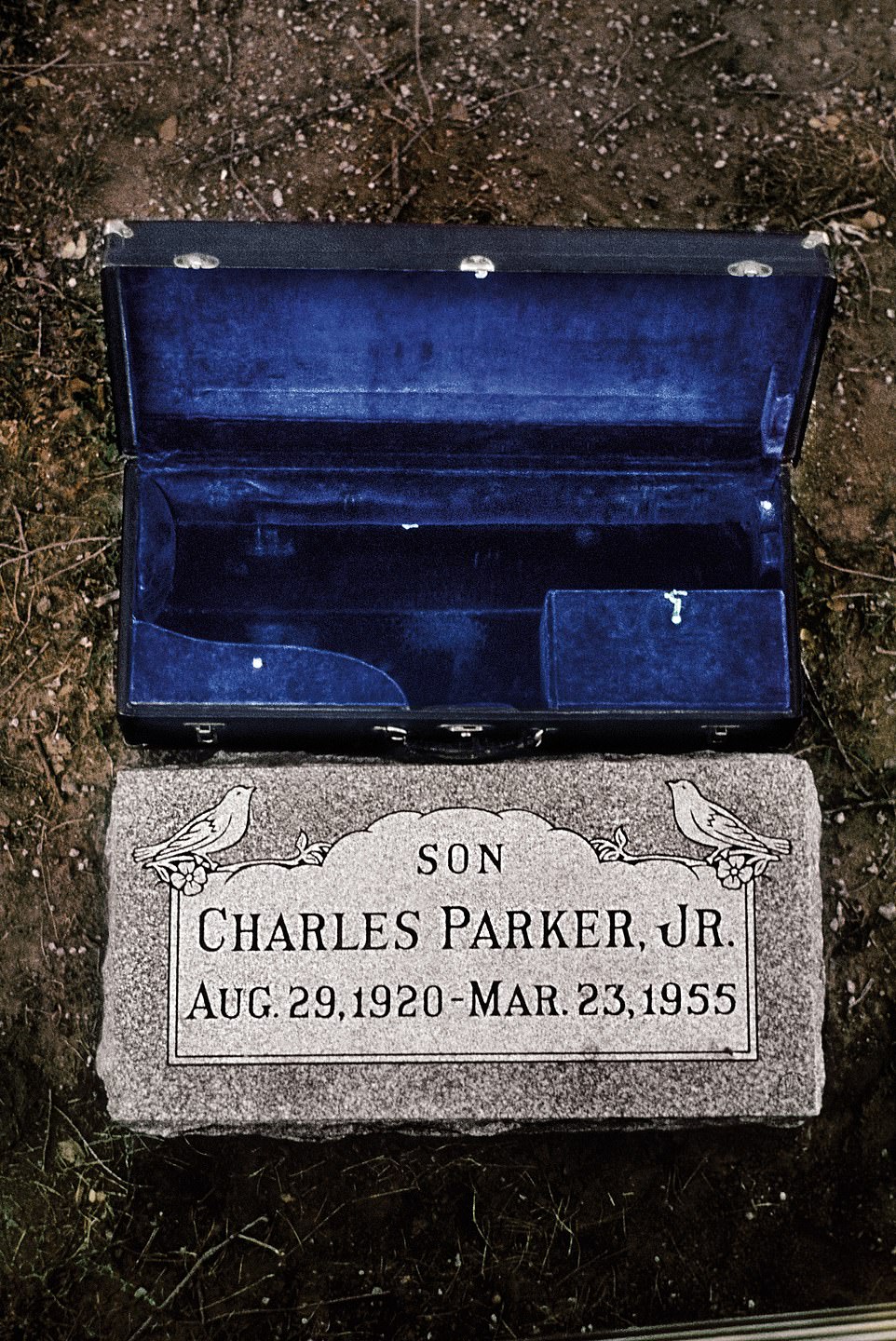 Kane - who was named photographer of the year by the American Society of Magazine Photographers in 1964 and received the organization's Lifetime Achievement Award in 1984 - is also known for a picture of Charlie Parker's grave in Kansas City. |
|
| Index | Next |
|
|
|
.jpg)
